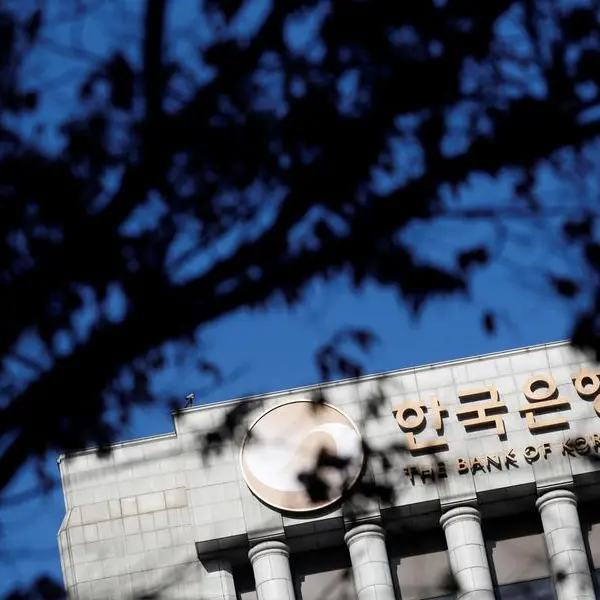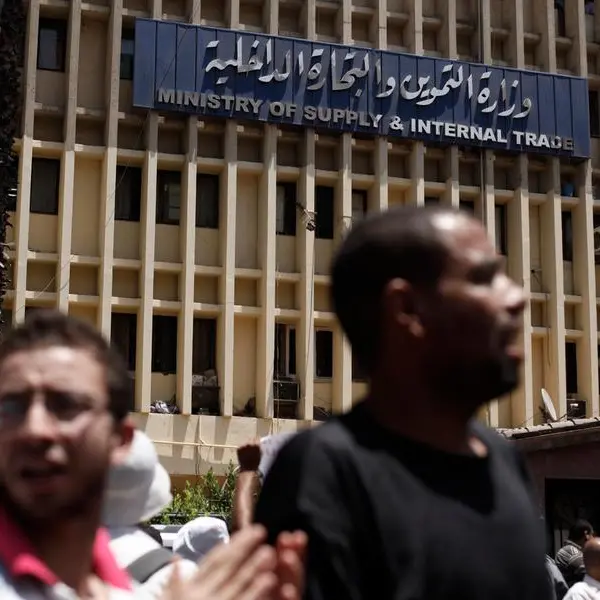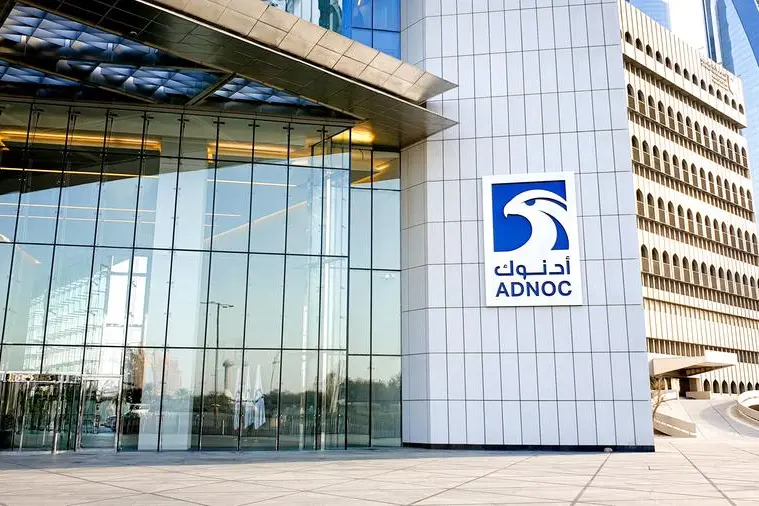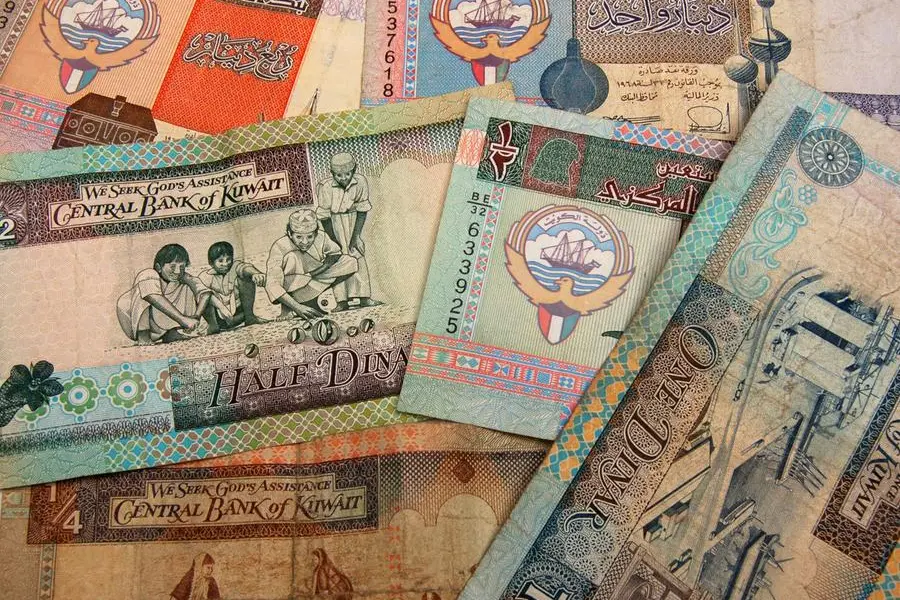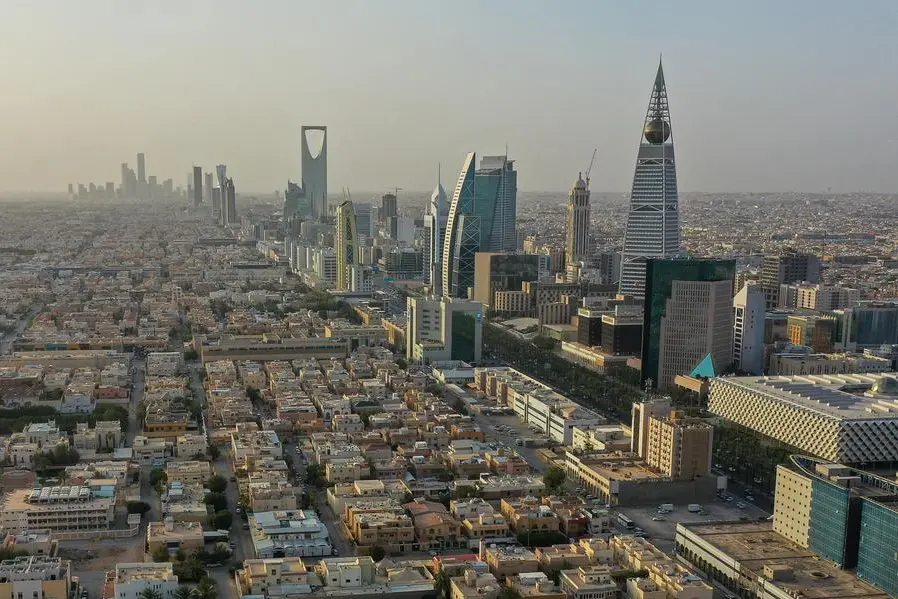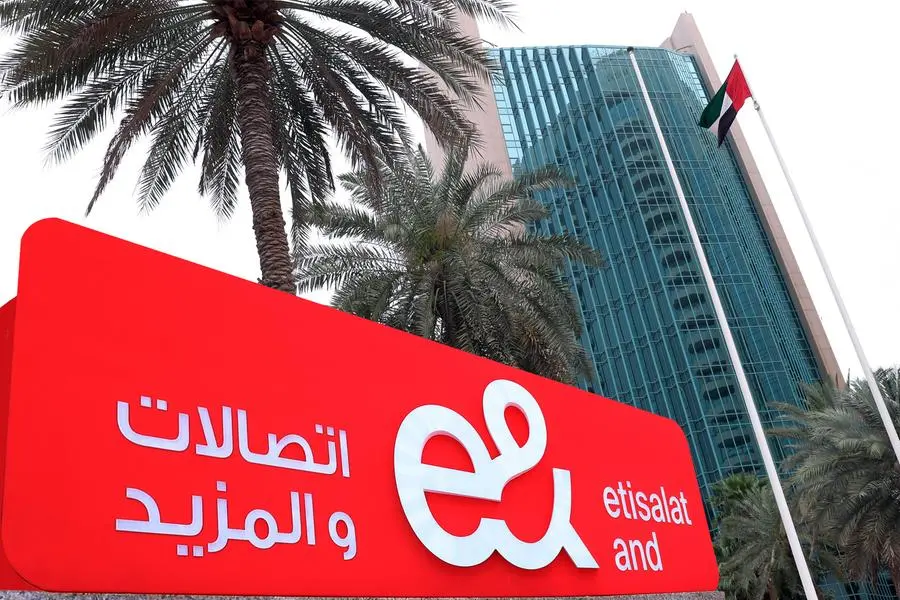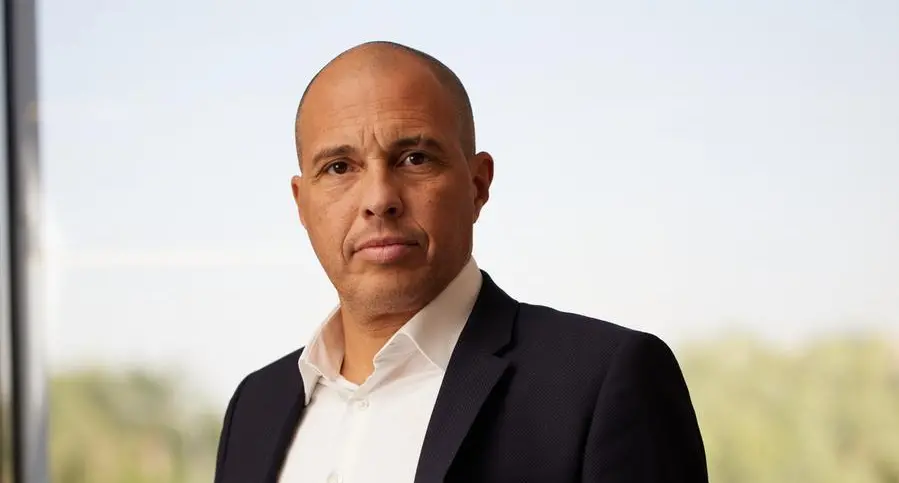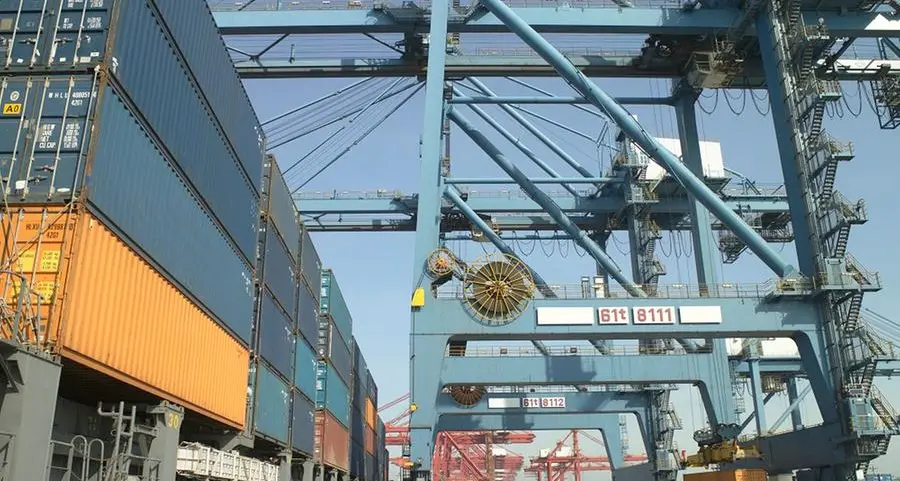Balanced regional growth has been an important component of Jordan's strategy for sustainable economic development during the past decade. Indeed, the government has specifically promoted the provision of infrastructure and economic assistance to Jordan's rural areas since the late 1970s. To what extent is government policy today focused on rural development, asks Jordan Business?
Community-based rural development has been a priority for the Jordanian government and civil society organizations since the early 1980s. Now, as the capacity of Amman's physical infrastructure has been challenged by urban population growth and the official national rate of unemployment hovers around 14%, the government has intensified efforts to incorporate rural areas into Jordan's national strategy for sustainable economic development.
His Majesty King Abdullah in particular has stressed the importance of regionally balanced growth. Indeed, a chain is only as strong as its weakest link, and while Amman prospers as the center of Jordanian industry and finance, much of the country's population lives in poor and marginalized rural areas.
In a recent survey, the Ministry of Planning and International Cooperation identified 20 pockets in the Kingdom where at least 25% of the population lives below the poverty line. The ministry subsequently assessed the educational, health, infrastructure, and development needs of each pocket, and formulated a corresponding development assistance plan for each individual area. "Our main aim is to build capacity and engage the community in the development process. We make them think of the best improvement through a participatory approach," said Omar Al Rafie, director of the Social Productivity Program at the Ministry of Planning and International Cooperation.
Care in the community
Rural development programs worldwide have sometimes been criticized as non-indigenous in origin and ill-fitted to the needs of local communities, either imposed by the international donor community or by urban-centric national governments. The ministry, however, has deliberately sought to complement pre-existing economic activity in Jordan's rural areas rather than introducing new modes of production to an unwilling or improperly trained populace.
Mr. Al Rafie argued, "The easy way to develop a community might be getting an investor to build a factory and employ people, but what we actually want is to develop these communities in a way so that this development is not imposed on them, but rather emanates from their actual needs and using what these people are good at." He added, "For example, one Badia community's problem was that they had a lot of sheep without being able to further utilize their dairy products or sell their wool, so the best project for this community is a small dairy factory or teaching them how to turn sheep's wool into sellable products."
Historically, Jordan's rural poor received government subsidies and aid to ameliorate the effects of poverty. Although subsidies were able to provide short-term relief, they failed to give rural populations the tools they needed to generate sustainable development in their own communities. As a result, the demand for subsidies continued, putting stress on the budget of the central government.
This phenomenon was not unique to Jordan: beginning in the 1980s, new strategies oriented towards local capacity-building and microfinance started to gain credibility worldwide.
Whereas subsidies and factory employment serve as short-term band-aids for more deeply-rooted economic problems in rural areas, this newer genre of programs attempts to address the structural deficiencies themselves: inadequate education, poor infrastructure, lack of access to finance, and the lack of collective action required for resource-pooling, advocacy, and marketing.
The ministry's new program devotes considerable attention to organization in rural areas, facilitating cooperation between small communities and villages to pool economic benefits. Additionally, the program aims to create role models in each community, allowing others to learn and develop their own programs, as well as to utilize the resources and skills available in neighboring villages. "We want to capitalize on the resources that each community has. For example, poor communities in Wadi Araba have great potential for tourism, which can be a major income-generating project for many families residing in an area that suffers a 53% poverty rate," Mr. Al Rafie said.
No overnight success
While subsidies provide short-term benefits, projects that aim to achieve sustainable development produce benefits in the long term. However, as any country implementing structural adjustment knows, these programs could impose costs on populations in the short run. This is because sustainable development requires fundamental change in institutions and physical infrastructure.
Due to a historical reliance on free services and subsidies, some target areas have expressed disappointment with the level of short-term benefits provided by the program, and have not fully accepted it. Some individuals have even resisted the requirement that feasibility studies be conducted for project proposals. "Our program faces huge challenges, especially because people look for quick results. We need to change the way people view development and show them how it is a lengthy process with lasting long-term results," Mr. Al Rafie went on to add.
Meanwhile, Prime Minister Marouf Bakhit announced that King Abdullah has instructed the government to make Jordanian citizens throughout the Kingdom feel the direct effect of developmental projects. He also emphasized the importance of locating development projects outside of Amman. Mr. Bakhit was addressing senior representatives of the Marj Al Hammam area, which will soon become part of the Greater Amman Municipality, thereby allowing the government to provide it with better services.
The need to close the gap
In the Ministry of Planning and International Cooperation's survey, the areas that were identified as poverty pockets include Rueished, Salhiyyeh, Deir Kahf, Um Jimal, Housha abd Sama Sarhan in the Mafraq governorate, Azraq, Jeezeh, Deir Alla, South Shuneh, Hashmiyyeh, Duleil, Bereen, Qweireh, Wadi Araba, Ghor Safi, Husseiniyyeh, Jafer, Mriegha, and Um Rasas, which include 254 communities overall.The study found that the unemployment rate within these communities sometimes exceeded 30%, while the average number of family members was 5.7 people. It also found that education, health and security services were available within these communities, but low in quality; a lack of teachers and doctors was cited as an example.
However, these are not the sole barriers to development. With regards to the high rate of poverty, the study claims that the large distance between communities has hindered cooperation. Furthermore, it argues that a strong preference for government and military jobs over manual labor largely accounts for the high levels of unemployment.
While it is hardly unusual for a country like Jordan, small as it may be, to experience variations in economic well-being across the land, regional disparities could seriously threaten political stability and national unity if income gaps become excessive. This is why the leadership's calls for rural development are a welcome change. Much relies on the government following through on His Majesty's directives.
© Jordan Business 2007



